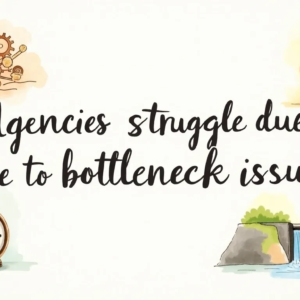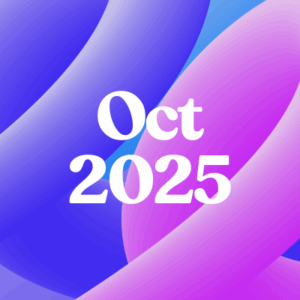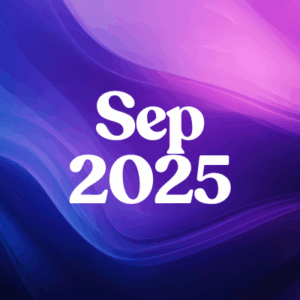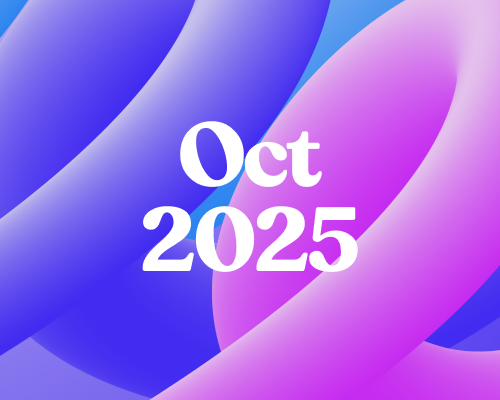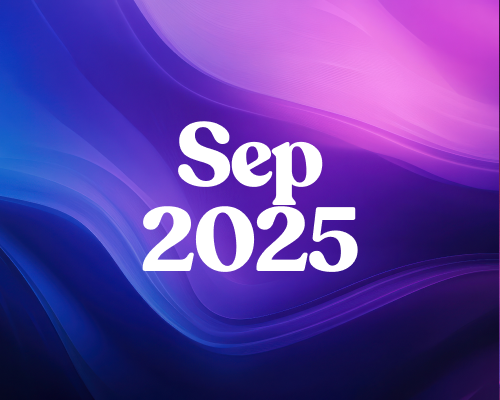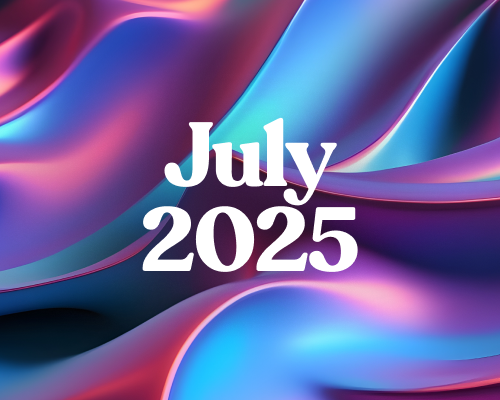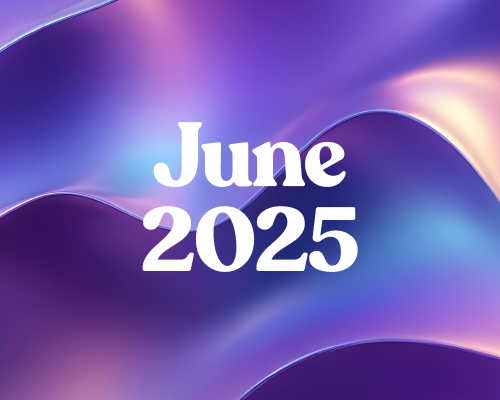Table of Contents
- What Are Pastel Colors and Their Key Traits
- The History and Cultural Roots of Pastel Shades
- How Pastels Affect Mood and Emotions
- Pastel Colors in Fashion: Then and Now
- Using Pastels in Modern Interior and Graphic Design
- Smart Tips for Combining Pastel Colors
- Why Pastels Stay Popular Across Styles and Industries
- Cultural Meanings Behind Pastel Choices
- Creating Unique Looks with Pastels and Accents
- Frequently Asked Questions
Pastel colors are soft, muted versions of bold hues, created by mixing them with white for a gentle and calming effect. They’ve been around since the 16th century, often symbolizing elegance, comfort, and optimism throughout history—from Renaissance art to retro fashion waves. Today, pastels bring a timeless charm to modern design by adding subtle sophistication without overwhelming the senses. Their calming nature makes them perfect for interiors like bedrooms or bathrooms and also works well in fashion and digital branding. By combining pastels with neutrals or metallic accents, designers craft fresh yet nostalgic looks that feel welcoming and effortlessly stylish.
What Are Pastel Colors and Their Key Traits

Pastel colors are soft, light shades created by mixing a pure hue with white, which lowers their saturation and boosts brightness. This process gives pastels their signature gentle and calming feel, often described as tints because of their muted, matte-like appearance. You’ll recognize common pastels like baby blue, light pink, lavender, mint green, peach, and soft yellow. These colors carry a soothing quality, making them favorites in places or products designed to comfort and relax, such as bedrooms or spa packaging. Pastels also have roots in nature — think of the pale tones in early morning skies or delicate spring flowers — which adds to their natural appeal. Their low intensity means they usually work well as background or secondary colors, balancing out brighter or more vivid hues without overwhelming the eye. Versatile across different mediums, pastels look just as good on fabric, paint, or digital screens. They blend nicely with neutral shades like white, gray, and beige, creating fresh, light, and approachable palettes. Unlike bold or bright colors, pastels emphasize softness and subtlety, making them a timeless choice for designs that aim to feel inviting and easy on the senses.
The History and Cultural Roots of Pastel Shades

Pastel colors have a rich history that dates back to the 16th century, when artists like Leonardo da Vinci used these soft hues in their sketches and paintings. Their gentle tones offered a way to capture subtlety and softness in art that bold colors couldn’t achieve. The 18th century saw pastels rise to popularity during the Rococo period, where these shades symbolized elegance, delicacy, and refinement in both art and fashion. Moving into the 1920s and 1930s, the Art Deco era embraced pastels as a sign of optimism and luxury, adding a fresh, sophisticated flair to design and clothing during a time of social change. After World War II, pastel shades became a staple in home interiors and everyday clothing, representing comfort and hope as people sought stability and renewal. The 1980s brought another revival of pastels, especially in men’s fashion, with shows like Miami Vice making pastel suits a symbol of confidence and effortless style. Beyond fashion and art, pastels have long been linked to leisure and wealth, often seen in nautical and summer trends favored by the elite. Their recurring presence throughout history reflects shifting social moods, from the refinement of aristocratic times to the casual relaxation of modern life. Across many cultures, pastels carry meanings of new beginnings, freshness, and gentleness, often connected to spring and the idea of renewal. This historical journey shows how pastels remain adaptable and timeless, continually inspiring designers and artists with their soft yet powerful appeal.
How Pastels Affect Mood and Emotions

Pastel colors have a gentle way of influencing how we feel. Their softness and low intensity create a calming effect that helps people relax and unwind. That’s why you often see pastels in bedrooms, hospitals, and spas—they help build a soothing atmosphere where stress melts away. Beyond calmness, pastels can stir a sense of nostalgia, reminding many of childhood memories or simpler, peaceful times, which brings comfort and warmth to any space or design. These muted tones also brighten moods subtly, lifting spirits without overwhelming the senses. In workspaces and creative studios, pastels serve as quiet backgrounds that support focus and inspire creativity, avoiding the distractions that brighter colors might cause. Different pastel shades can evoke unique feelings too—mint green often feels fresh and revitalizing, while lavender invites tranquility and peace. Because pastels are easy on the eyes and flattering in many settings, they naturally generate positive emotional responses. Their welcoming and gentle nature makes them popular in marketing and branding, where creating trust and comfort is key. Overall, pastels help balance emotional energy by softening harsh visuals, making environments and designs feel safe, optimistic, and inviting.
Pastel Colors in Fashion: Then and Now
Pastel colors have been a steady presence in fashion, moving fluidly between casual and formal styles over the decades. Designers like Christian Dior and Elsa Schiaparelli played key roles in popularizing pastels during the mid-20th century, bringing a soft yet elegant touch to women’s wardrobes. Fast forward to today, and brands such as Gucci and Prada continue to embrace pastel tones, blending the charm of tradition with fresh, modern twists. Pastels work wonders for all genders, breaking old color stereotypes by offering shades that are gentle but still stylish and confident. Their versatility shines through when paired with neutrals like black, white, or metallic accents, allowing for endless creative outfit combinations. Beyond clothing, pastels also show up in accessories, footwear, and makeup, adding subtle highlights or bold statements depending on how they’re used. These colors symbolize softness and romance without sacrificing sophistication, making them a favorite for spring and summer collections. Because they flatter a wide range of skin tones, pastels remain a go-to choice for those who want to express elegance with a touch of warmth. Mixing pastels with brighter colors or prints creates eye-catching looks that stand out, proving that these gentle shades are anything but boring in the evolving world of fashion.
| Era/Period | Key Characteristics | Notable Designers/Influences | Fashion Impact |
|---|---|---|---|
| Mid-20th Century | Pastels popularized across casual and formal wear; soft yet stylish. | Christian Dior, Elsa Schiaparelli | Brought elegance, softness, and romanticism without losing sophistication. |
| 1980s Revival | Pastels surged in men’s fashion; symbol of confidence and style. | Miami Vice TV show | Made pastel suits iconic and trendy for men. |
| Contemporary Fashion | Blends tradition with modern flair; versatile across genders. | Gucci, Prada | Pastels remain key in seasonal collections and accessories. |
| Pairing and Styling | Mix with neutrals, blacks, whites, metallics. | Various fashion houses | Allows creative, dynamic outfit combinations. |
Using Pastels in Modern Interior and Graphic Design

Pastel colors have become a favorite in modern interior and graphic design because they bring a soft, calming vibe without sacrificing style. In interiors, pastel pinks and blues are popular choices for bedrooms and bathrooms, where they create restful, clean atmospheres that help promote relaxation. Soft greens and blues often appear in kitchens and living areas, evoking natural elements and making spaces feel fresh and inviting. This connection to nature is especially valued in open-plan homes, where pastels add a sense of spaciousness and cleanliness. In graphic design, pastels are used to craft airy, minimalistic looks that feel light on the eyes and don’t overwhelm the viewer. They work exceptionally well in website backgrounds, packaging, logos, and branding, particularly for beauty, baby, and lifestyle products where approachability and elegance are key. Designers often pair pastels with metallics or darker accents to introduce contrast and sophistication, giving compositions depth while maintaining softness. In digital art and photography, pastel tones help set unique moods and gentle aesthetics that make images stand out subtly. For example, pastel packaging can boost product appeal by suggesting both elegance and warmth, making items feel more inviting on the shelf. Overall, the flexibility of pastels allows them to adapt across styles—from vintage-inspired spaces to sleek contemporary designs—making them a timeless choice that balances softness with clarity in any design project.
Smart Tips for Combining Pastel Colors

When working with pastel colors, start by choosing palettes that reflect your brand identity to create a consistent and recognizable look. Don’t hesitate to mix several pastel shades together; this adds depth and keeps your design from feeling flat or boring. For a touch of elegance and modern flair, pair pastels with metallics like gold or silver—they bring a subtle shine that elevates the softness. To avoid an overly gentle or washed-out feel, add darker or more vibrant accent colors to create focal points and draw the eye where you want it. Using complementary pastel pairs—colors opposite each other on the color wheel, such as pastel pink and pastel green—helps achieve a balanced and harmonious design. Mixing pastels with neutral tones like white, beige, or gray keeps the look fresh and clean, which works great for both digital and physical spaces. Don’t forget to layer your pastel colors with textures or subtle patterns; this boosts visual interest without overpowering the softness of the hues. Keep your palette balanced because too many pastels together can reduce their impact, so contrast is key. Lastly, test your pastel combinations in different lighting to make sure they maintain their gentle appearance and clarity, especially in spaces with varying natural or artificial light.
- Use pastel palettes that align with your brand identity to build recognition and consistency.
- Combine multiple pastel shades to add depth and interest, avoiding flat or dull designs.
- Pair pastels with metallic colors like gold or silver to add shine and modernity.
- Add darker or vibrant accent colors to create focal points and prevent designs from feeling too soft.
- Use complementary pastel pairs (colors opposite on the color wheel) for balanced and harmonious looks.
- Experiment with different pastel shades to find combinations that suit your specific project or environment.
- Mix pastels with neutral tones like white, beige, or gray for a clean and fresh feel.
- Layer pastels with textures and patterns to enhance visual appeal without overwhelming.
- Keep balance in mind: too many pastels can lessen impact, so use contrast thoughtfully.
- Test palettes in different lighting conditions to ensure colors maintain their intended softness and clarity.
Why Pastels Stay Popular Across Styles and Industries
Pastel colors have a unique way of fitting into just about any style or industry without ever feeling out of place. Because they work well year-round, pastels don’t get stuck in one season — whether it’s spring, summer, fall, or winter, their soft tones always feel natural. One of the biggest reasons pastels stay popular is their ability to cross gender lines, making them a go-to choice for designs aimed at a wide audience. From fashion runways to interior spaces, digital media to advertising campaigns, pastels offer unmatched versatility. They carry several meanings at once: calmness, creativity, nostalgia, and even elegance. This broad emotional range helps designers tap into different moods and messages effortlessly. Their subtle nature gives designers the freedom to make bold statements that come across gently rather than loudly, which can be refreshing in a world full of bright, aggressive colors. Pastels also adapt well to trends while holding onto a timeless quality, so they never feel outdated. Whether it’s casual streetwear or high-end formal fashion, pastels fit right in, adding softness without losing style. Brands often use pastels to connect emotionally with audiences, visually conveying warmth and comfort that builds trust and loyalty. In technology-driven designs, pastel colors add a human touch, softening the sharpness of digital interfaces and making experiences feel more approachable. This wide acceptance across industries fuels constant innovation, encouraging fresh ideas and new ways to use pastels that keep them relevant and beloved.
Cultural Meanings Behind Pastel Choices
Pastel colors carry rich cultural meanings that go beyond their soft, pleasing appearance. In many cultures, they symbolize spring, renewal, and fresh starts, which is why pastel shades are so common during holidays like Easter that celebrate new beginnings. Historically, pastels were linked to leisure and social status, especially in Victorian times when wearing pastel fashion often meant you had the time and means for travel and relaxation. This connection to comfort and elegance has stuck with pastels, making them a go-to for expressing a balance between style and ease. They also represent innocence, youth, and purity, which is why you often see pastel tones in products and celebrations for children. In some spiritual traditions, pastel hues are associated with calmness and tranquility, frequently appearing in meditation spaces and religious art to foster peace. Socially, pastels can suggest softness and approachability, encouraging openness and friendly interaction. While pastels once carried strong gender associations, these boundaries have blurred, and pastel colors now embrace inclusivity and fluidity. Their recurring popularity often matches cultural moods of optimism and recovery, providing emotional comfort during times of change. This blend of symbolism and emotional resonance helps explain why pastels remain a timeless choice in design across cultures and generations.
Creating Unique Looks with Pastels and Accents
Pairing pastel colors with bold or dark shades creates a striking contrast that brings out both softness and strength in a design. Think of pastel pink combined with navy blue or black accents to ground the palette and add a touch of seriousness or formality. Metallic accents like gold, rose gold, or silver can elevate pastels, giving them a luxurious feel that works well in fashion and interior design. Incorporating textures through fabrics like velvet, linen, or even textured wallpaper enhances the depth of pastel palettes, making them more engaging and tactile. Layering different pastel shades in gradients or ombre effects also creates smooth transitions that feel sophisticated and modern. In fashion, vibrant accessories such as bright scarves or bold jewelry can energize pastel outfits without overpowering their delicate nature. For graphic design, small pops of bright color act as visual guides, drawing attention while adding personality to an otherwise soft palette. Mixing pastels with prints or patterns, like florals or geometric shapes, balances subtlety with detail, making designs feel fresh and dynamic. Trying unexpected pastel combos, such as pastel orange paired with mint green, breaks conventional rules and results in an upbeat, contemporary look. Lastly, blending pastels with natural materials like wood or stone warms up the environment, creating inviting spaces that feel both modern and cozy.
Frequently Asked Questions
1. How do pastel colors influence the mood and feel of modern design projects?
Pastel colors create a calm, soothing atmosphere that feels fresh and inviting. They help modern designs appear gentle and approachable, which can make spaces or websites feel more relaxing and friendly without overwhelming the viewer.
2. What are the best ways to combine pastel colors with bolder shades in contemporary design?
Balancing pastel colors with bold hues works best when you use the pastels as the main backdrop and add pops of vibrant color to draw attention where you want it. This contrast creates a dynamic look that keeps designs interesting while maintaining a soft, modern feel.
3. Can pastel colors be used effectively in both digital and physical design settings?
Absolutely! Pastels translate well across screens and print because of their light, muted tones. In digital designs, they reduce eye strain and offer a clean look. In physical spaces, like interiors or print materials, pastels help brighten the area without being too intense or harsh.
4. What challenges might designers face when working with pastel colors, and how can they overcome them?
Pastels can sometimes appear washed out or dull if not paired correctly. To avoid this, designers should pay attention to contrast by adding darker accents or varying textures. Using pastels with clean lines and clear shapes also helps keep the design crisp and lively.
5. Why do pastel colors continue to be popular despite evolving design trends?
Pastel colors have a timeless quality because they evoke emotions like calmness, nostalgia, and simplicity. These feelings resonate with people across different eras, making pastels a go-to choice that adapts well to changing styles while always feeling fresh and modern.
TL;DR Pastel colors are soft, muted shades created by mixing colors with white, offering a timeless and calming vibe perfect for modern design. They’ve played important roles throughout history and culture, symbolizing elegance, comfort, and optimism. Pastels positively influence mood by promoting relaxation and creativity, making them ideal in fashion, interiors, and graphic design. They pair well with neutrals, metallics, and accent colors, allowing for versatile and stylish combinations. From vintage fashion to contemporary branding, pastels continue to be a popular choice for their subtle sophistication and emotional appeal across many industries.


